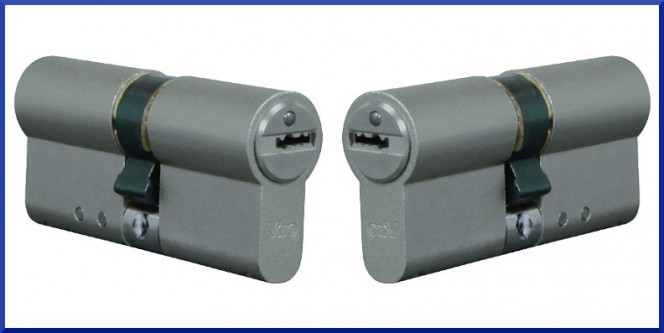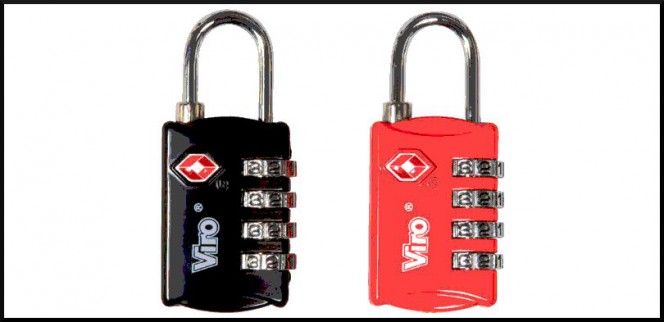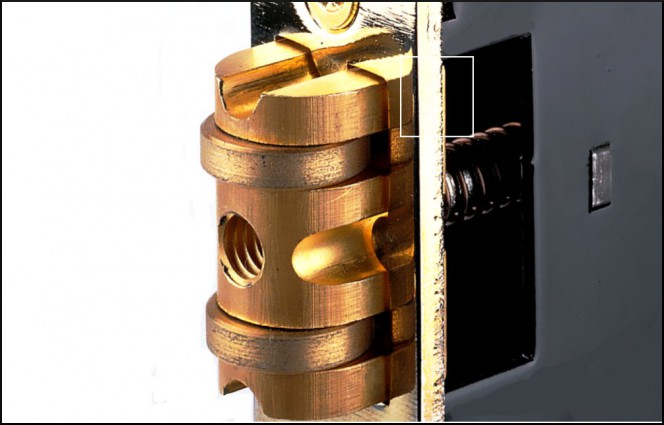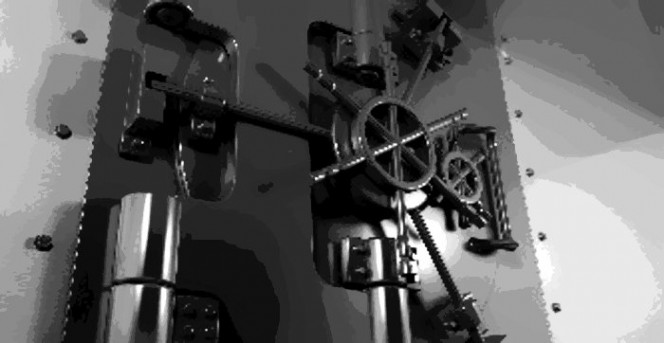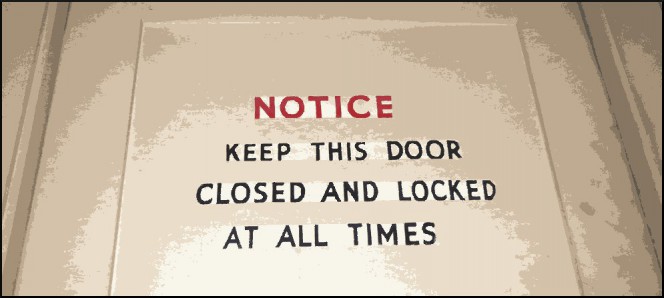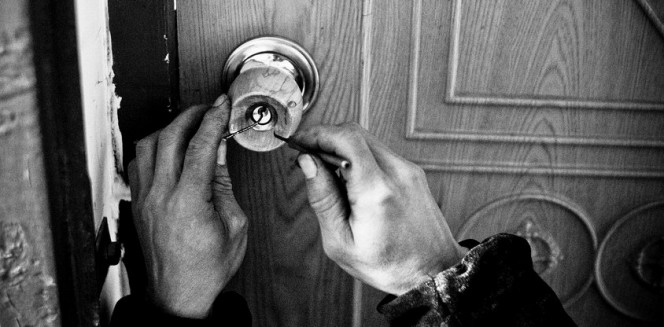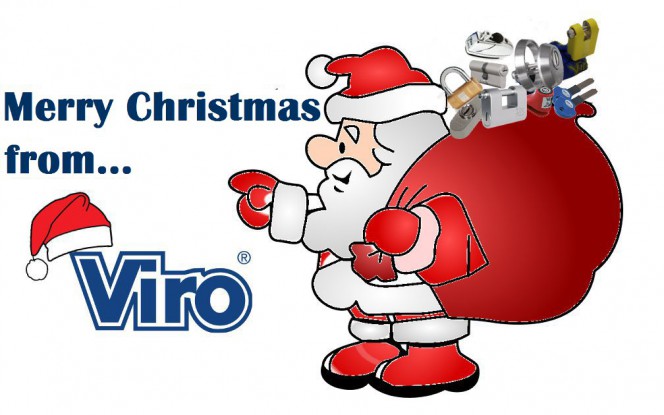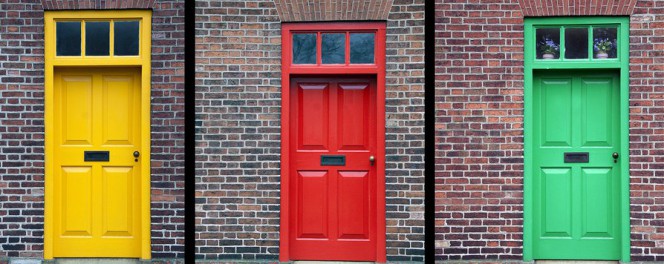We recently talked about how to make our house secure with mechanical systems and electronic systems; we focused on the features which a high security cylinder should possess and on other measures useful for improving the protection provided by locking systems.
Today we’ll talk about the concept of security and also statistics. What is the difference between actual security and perceived security?


